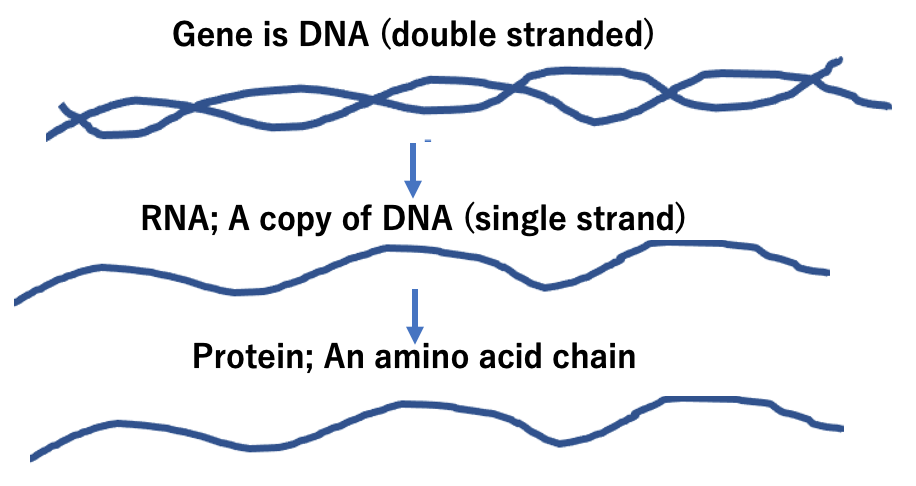
How is DNA related to physical condition?
Faces are unique even among sisters and brothers from the same parent. Physical and/or mental characteristics also differ even among individuals living in similar environments. What accounts for this uniqueness? Genetic differences among sisters and brothers even from the same parents are believed to be one of the primary reasons (ref. News; Nov.02, 2021). Such genetic divergence among individuals arose through species evolution expressly to help organisms adapt to changing environments on earth. It took more than ten million years for all organisms, including humans, to evolve into the current state. Without this diversity, no species, including humans, could have survived the dramatic changes in the earth’s environment.

Here, based on recent progress in the fields of biology and medicine, we examine what it means to have genetic differences among individuals, especially as genetic difference relates to sickness and physical conditions.


In 2002, the sequence of 3 billion nucleotides (Fig. 1 and 2), the component molecules that make up the DNA genome was determined for five individuals. Since then, the genome for countless organisms has been mapped, and presently the genome for about 500 thousand species on earth is still being sequenced through the concerted efforts of biologists around the world.
Needless to say, the rapid evolution of computer technology together with advancements in software for big data analysis is making such study possible. Now, so-called “metagenome studies” are being conducted. Metagenome analysis in humans means that, based on the DNA sequence of a single person, not only the genome but also virus and intestinal bacteria can be identified. Human bodies are home to a tremendous number of intestinal bacteria composed of diverse species. Since most intestinal bacteria are anaerobic, propagation from stool samples is difficult, complicating any efforts of genome sequencing.
However, because of technological advancements, now DNA sequencing has become possible using even a miniscale amount of intestinal bacteria from stool samples with no propagation required. After collecting multiple genome sequences, they can be used to identify bacterial species in one’s intestine. Based on such an approach, it was recently found that unique intestinal bacteria species live in the microbiome of human centenarians (ref. News; 04, 2022, Y. Sato et al. Nature (2021) 99, p458-464).
As genome sequencing technology has progressed, genome sequencing business has begun. It costs around 140 thousand yen and takes 1 week. What is the merit of obtaining the information of your whole genome sequence? As mentioned at the beginning of this article, each person’s genome sequence is unique. Although not definitive, out of a total 3 billion base pairs on the human genome, there are about 1.5 million sites where nucleotide composition differs from one another. In some cases this difference causes the replacement of an amino acid, leading to a change of protein function. This single nucleotide change called SNP (single nucleotide polymorphysms) (Fig. 3) is being analyzed in terms of its effect on human syndromes. Let’s take a look at some examples.

Dr. Yasuo Kagawa, Vice President of Kagawa Nutrition College and a medical doctor, has been studying how the relationship between folic acid and SNP affects the enzymes required for the metabolism of essential vitamins. Folic acid deficiency causes anemia, leading to heart trouble. Depending on the type of SNP, enzyme activity required for folic acid metabolism changes. Some types produce higher enzyme activity, while some other types do not. This means that the requirement of folic acid is different among individuals depending on their SNP type. Dr. Kagawa’s group has been studying the actual effects of SNPs for folic acid metabolism with the cooperation of people at Sakato city in Saitama prefecture.
Also well-known is the more direct effect of SNP types on breast cancer. If both mother and grandmother suffered from breast cancer, a hereditary form of the disease would be suspected. In this case, an SNP type called a BRACA gene is known to play a role in the development of cancer. A protein made by the BRACA gene originally suppresses the transformation of cells into cancer cells and is called a cancer suppressor protein (gene). However, a single amino acid change based on SNP causes this suppression to be lost. Still fresh in recent memory is the famous American actress who had her breast removed based on information about the SNP of her BRACA gene.
